 |
| Felice, Deb, Iain, Whit, Cooper, Henry, Bob, Iain's two children, and Whit and Felice's dog |
 |
| Deb and Felice |
 |
| Whit and Iain talking business |
 |
| Deb and Hawthorne |
.JPG) |
| Bob and Hawthorne |
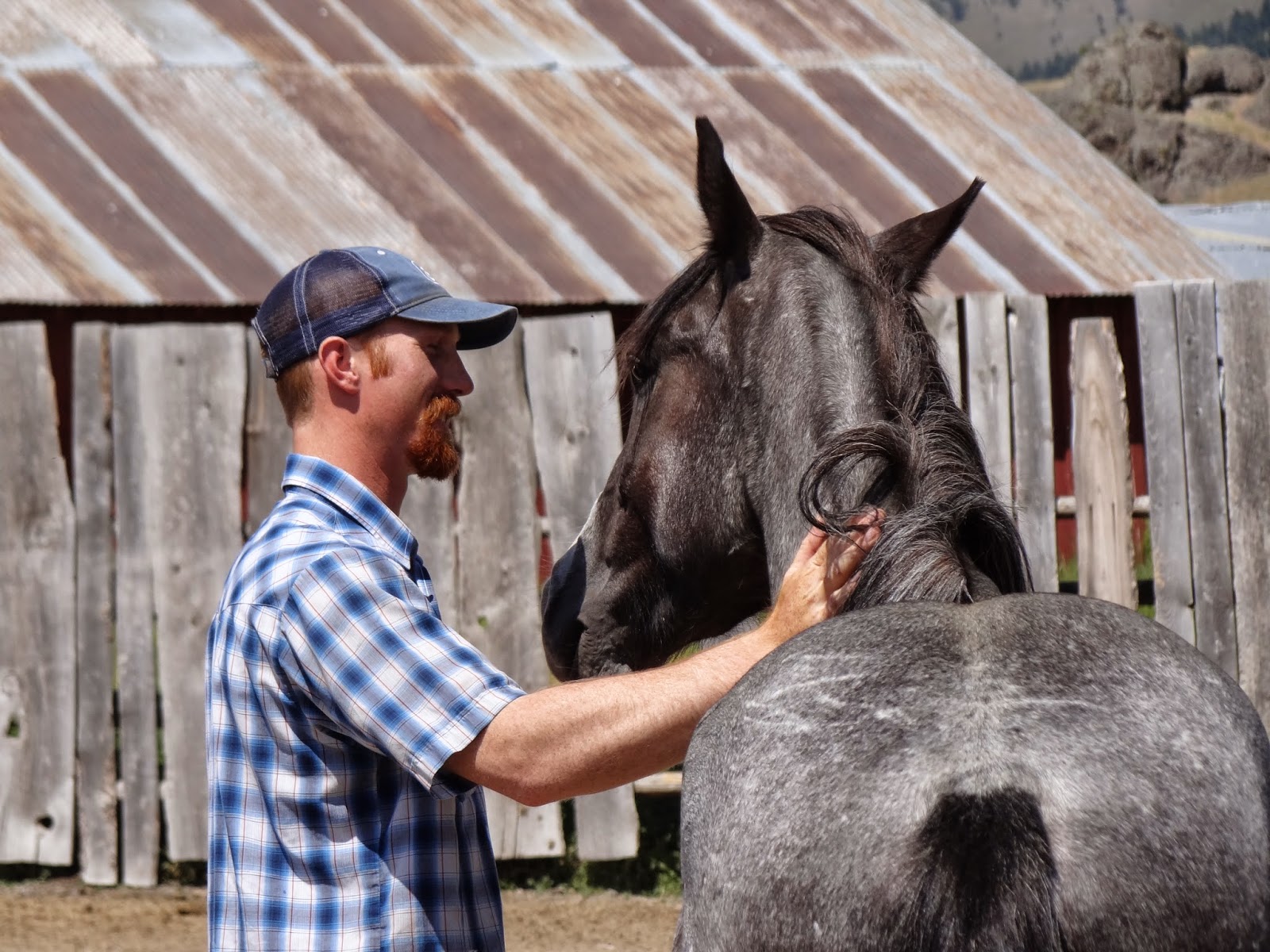 |
| Bryce and Hawthorne |
 |
| Tomahawk |
By Marylu Weber
Spring had finally come to the sprawling Sieben Live Stock
Co. ranch. Bright green blades of rich
grass were pushing through the soil of the mountain meadows, seeking the warmth
of the sun. It would soon be time to
move cattle to summer pastures higher in the mountains and prepare for the
arrival of new calves. The registered ewes,
the last remnant of the vast herds of sheep that used to roam the ranch, would also
soon be lambing. Saddle horses would be
needed for all the spring and summer chores, so they were brought in from
winter pastures, hooves trimmed, and shoes nailed on.
Warmer weather and good footing would make it easier to work
with the four young blue geldings that still needed to be gentled and trained
under saddle. Time was limited but the
cowboys would do the best they could.
Brent, who was to work with Peace Pipe, had moved on the find a home
more accessible to schooling for his children, so Cooper would take on Peace
Pipe and Bryce, with Iain’s help, would work with both Tomahawk, the
challenging one, and Hawthorne, the friendly one.
Deb, Bob, Henry, and I had planned for several months to
visit the ranch, meet the cowboys, and see the horses again. That sunny July morning as we drove the long
gravel road to the ranch, we could hardly contain our excitement. The scenery was beautiful as lush green
pastures laced with small tree lined creeks gave way to rolling hills,
evergreen strewn mountains, and rocky crags.
Upon arrival we immediately met a young man dressed for
ranch work in jeans, chambray shirt, and white cowboy hat, who came to us with
his hand outstretched for firm handshakes all around. This was Whit Hibbard’s nephew, Cooper
Hibbard, the one I had talked to on the phone and bought the horses for. He was the man who would one day take over
the vast Sieben Live Stock Company. We
could tell right away why he would be great at the work as he was thoughtful
and intelligent, polite, yet very confident.
He immediately began to tell us about the plans they had to sell grass
fed beef directly to companies that care about the quality of the beef they
use. We could have spent the morning
listening to him relate the progressive work they do on the ranch, but there
were others to meet. Whit, whom we had
known for years, was there with his new wife, Felice. We loved her immediately with her genuine
friendliness and knowledge of horses.
Some people are easy to figure out, and this beautiful woman was exactly
who she appeared to be. We were so happy
for Whit; Felice was a perfect match for him.
Another young man, dressed in similar manner as Cooper, came
with two of his adorable children. Again
there was the welcoming handshake of an authentic man, used to working with his
hands. But these men are not what one might expect of
a cowboy; these men, like Whit, are well educated, thoughtful men who chose the
lifestyle of a cowboy, not because it is all they have ever known, but because
there is no better life to be found than working with horses and cattle where
one can breathe clean air and trust another man by his word and his handshake. This young
family man was Iain, one of the cowboys we had corresponded with before coming
to the ranch. He too was quiet and
polite, but sure of himself and his ability.
They were all anxious to show us the ranch that was their home and the
horses that would one day be their partners.
The first horses we saw were in a large corral right there
at the headquarters. There were around
20 horses of various ages, mostly bay and sorrel Quarter horses, but two horses
stood out, mainly for their color; they were the gray, Tomahawk and the blue,
Hawthorne. We spread out in the pen to
scratch horses, and talk to Cooper, Whit, Felice, and Iain about the horses and
the ranch. Deb and Bob both loved on
Hawthorne while I snapped pictures. Hawthorne
was very approachable as long as one was careful to take time to let him know
there was nothing to fear. He seemed to
genuinely want the attention of the humans.
Tomahawk was much more timid. He
was OK with having us near, but not too near.
His comfort zone was about 20 ft. away from any human.
Later in the day, when we were able to meet Bryce, also an
engaging, kind, intelligent young man, he told us what he had been doing with
the two young horses. The men used the
round pens to get the horses used to facing up to a human. As expected Hawthorne was easy to get faced
up and easier to touch. They use a whip
with a bag on the end of it as an extension of their arm, to acclimate the
horse to strange touches and noises, and to encourage the horse to move. The first thing to teach the horse is that
the human can make him move his feet, establishing leadership. Since a horse is a herd animal and a prey
animal, he looks for a leader who will keep him safe. Once he knows that the human is his leader,
he begins to depend on that leader for safety and direction. Both horses had been worked in the round pen,
roped around the neck and each foot to get them used to the touch of the rope
and to teach them to give to pressure so that they can one day be led and
tied. Both horses were OK with the rope
and the flag, but Tomahawk would take much longer to allow himself to be
touched by the “paws” of the predator, man.
Hawthorne had been saddled and had no problems with it so his education
could progress much like that of a domestic horse, but Bryce so longed for the
day that he could saddle up the strong handsome Tomahawk and ride him out to
work cattle. Well, he would have to bide
his time and patiently let Tomahawk set the pace of his own education. One day we will visit again and see the
progress made with the once wild horses of the Sieben ranch.


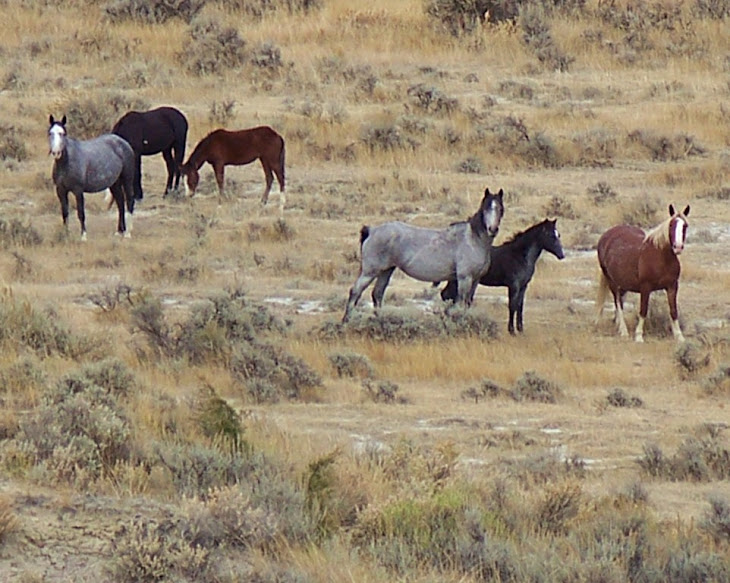
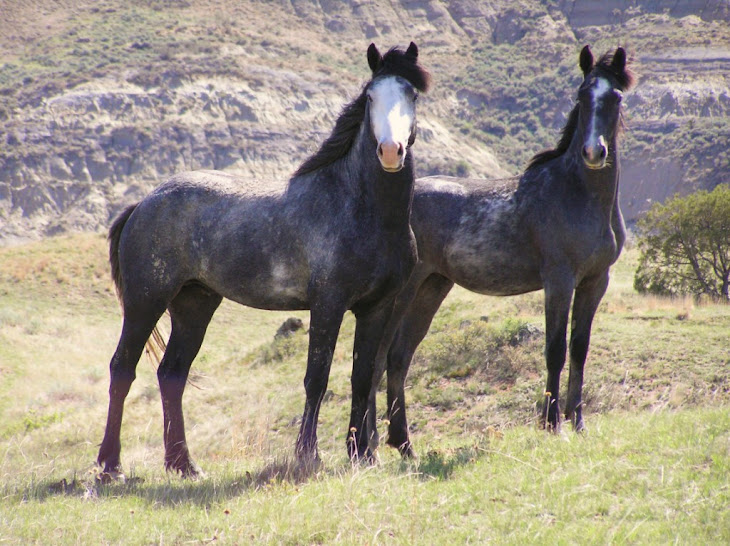









































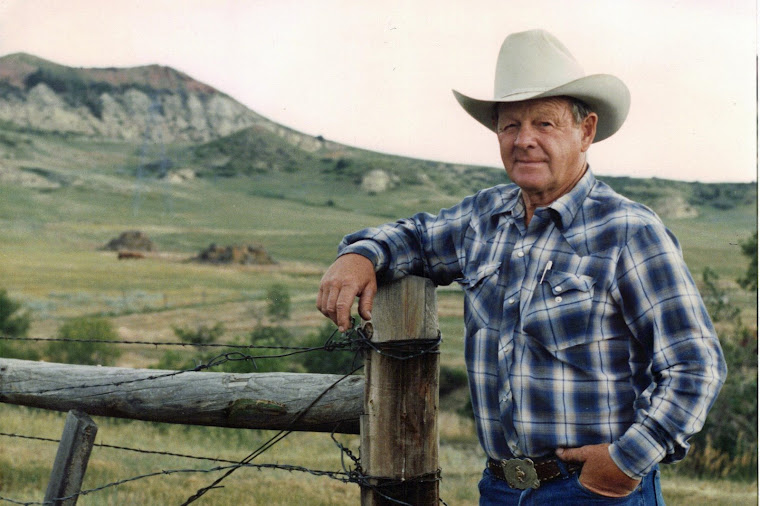






































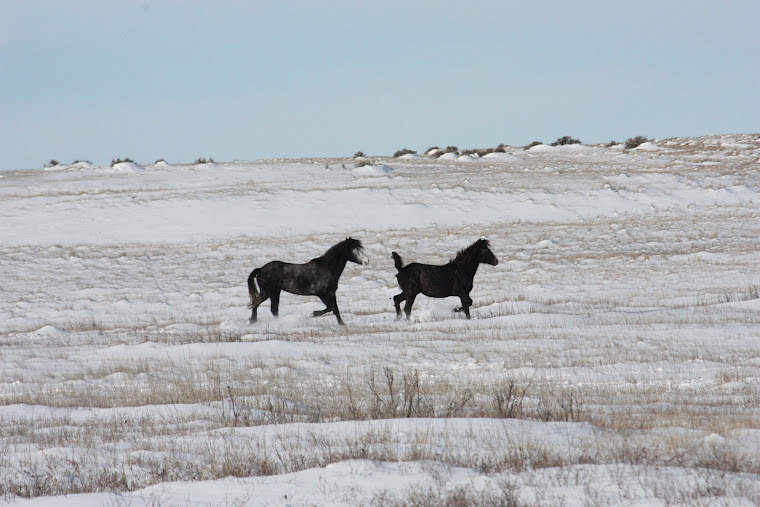
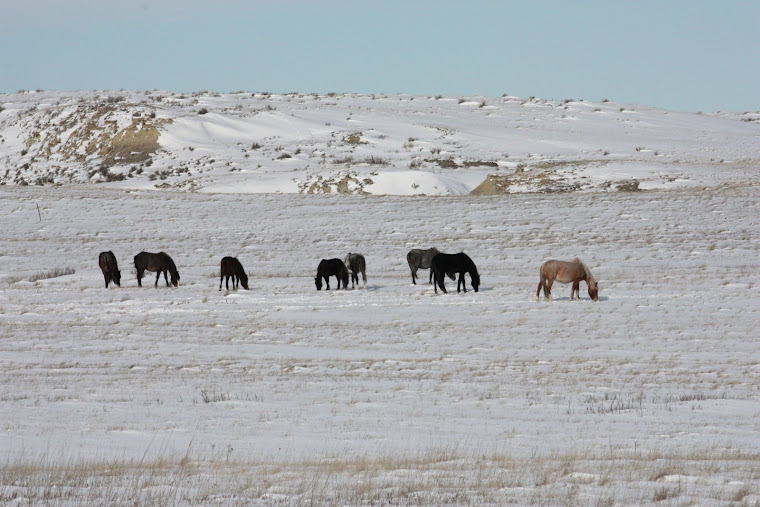
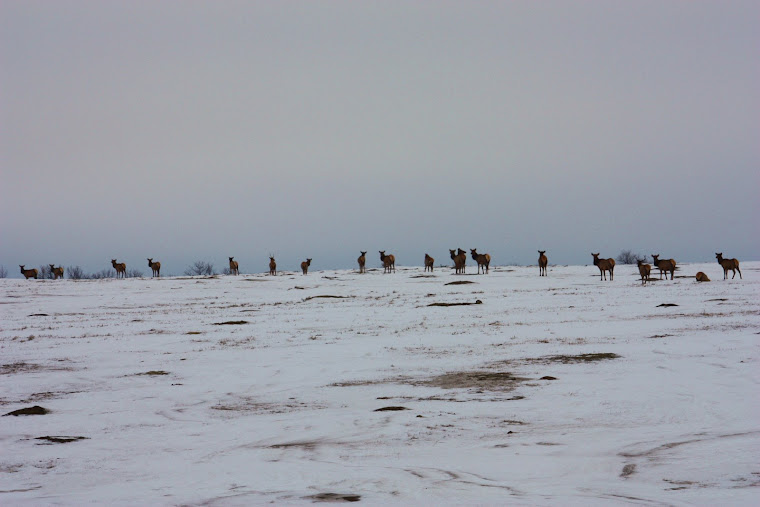





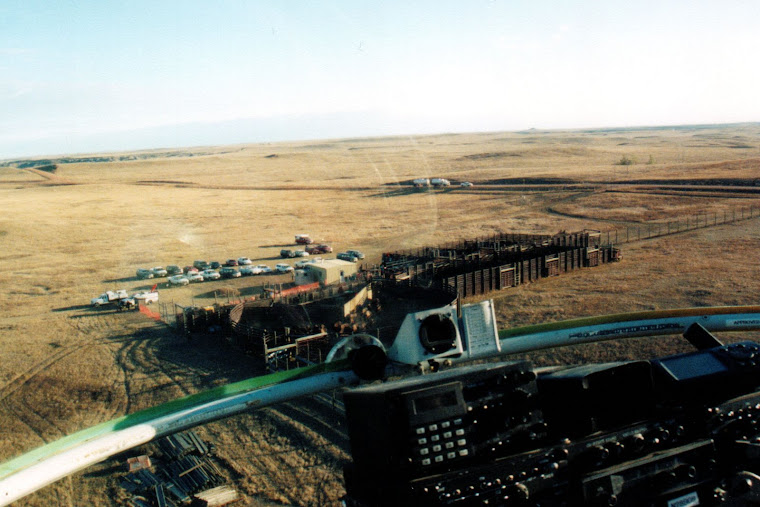
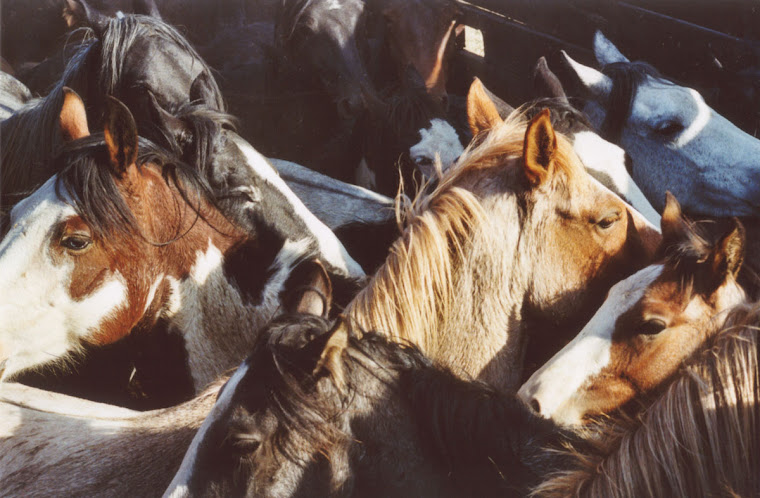
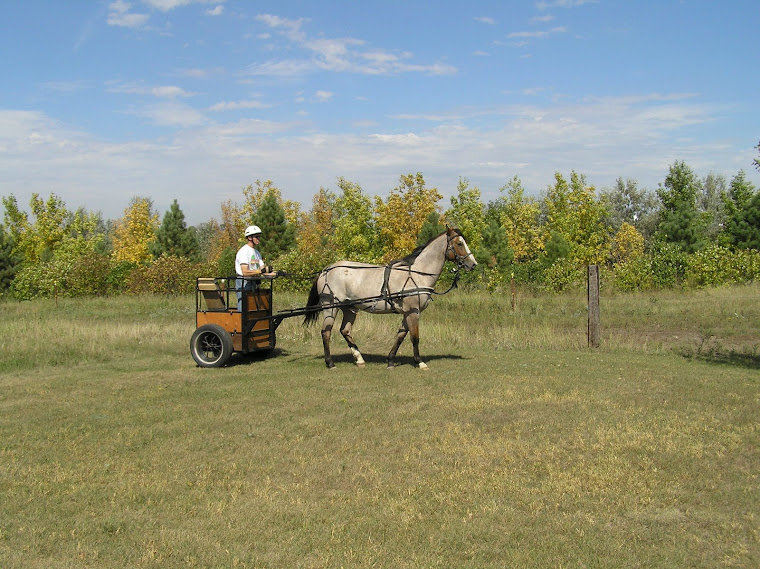


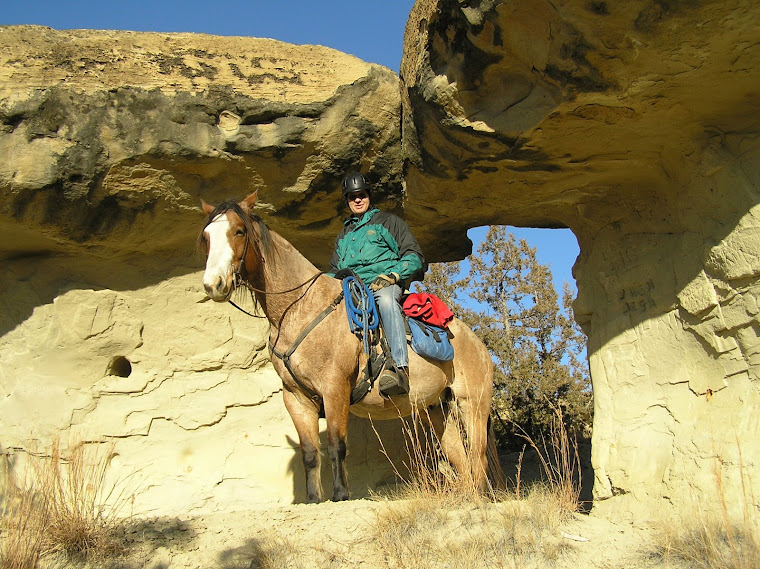



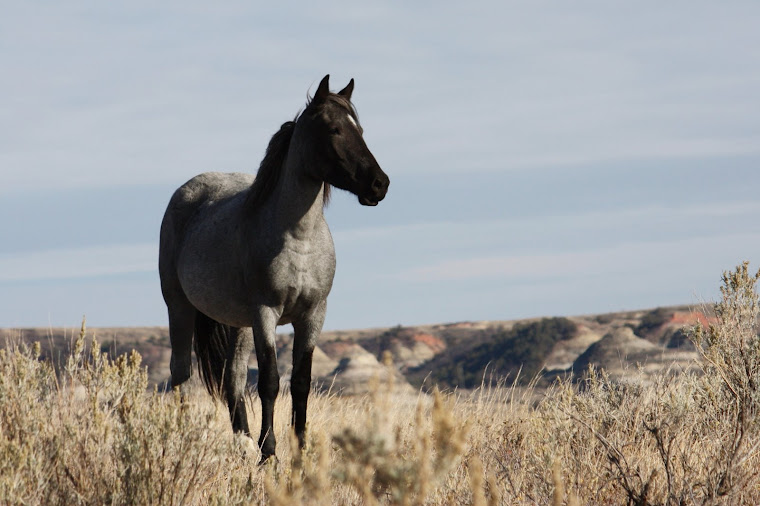


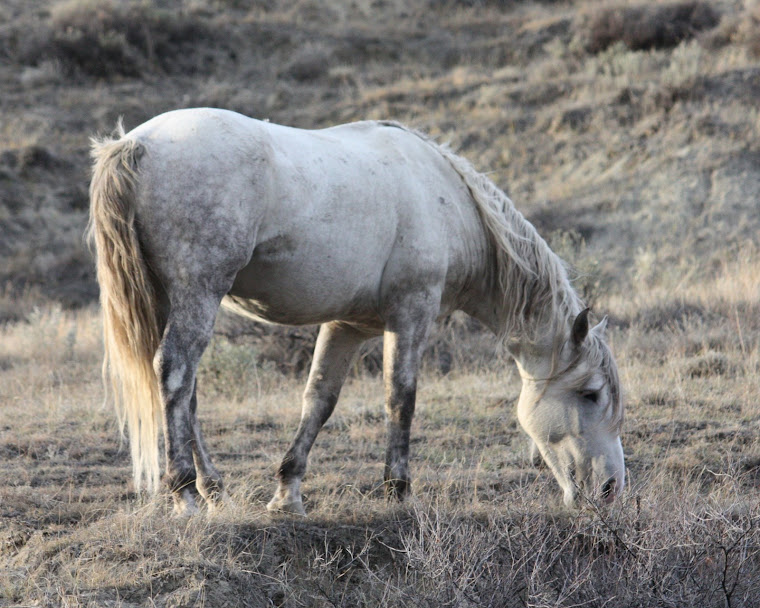
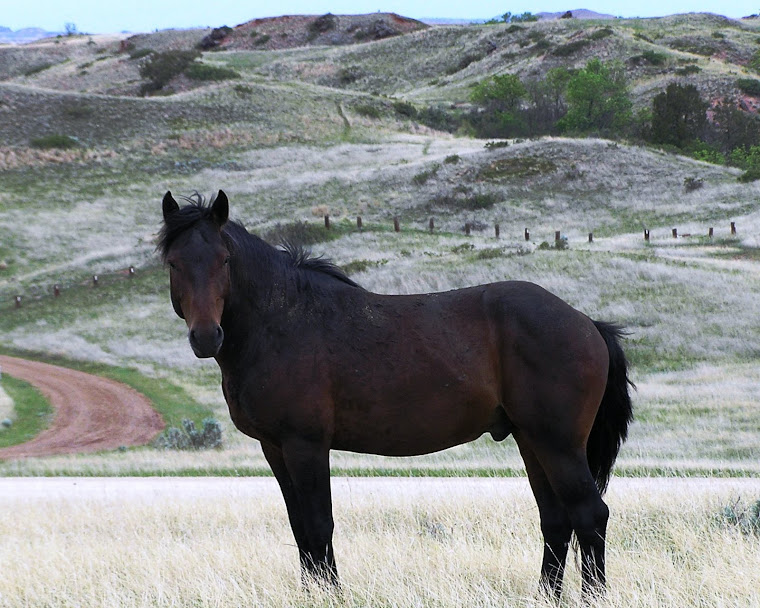

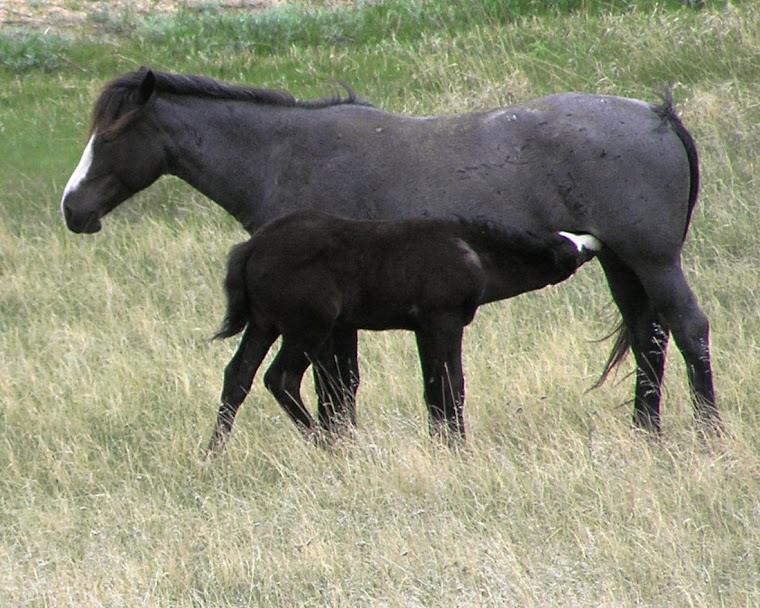
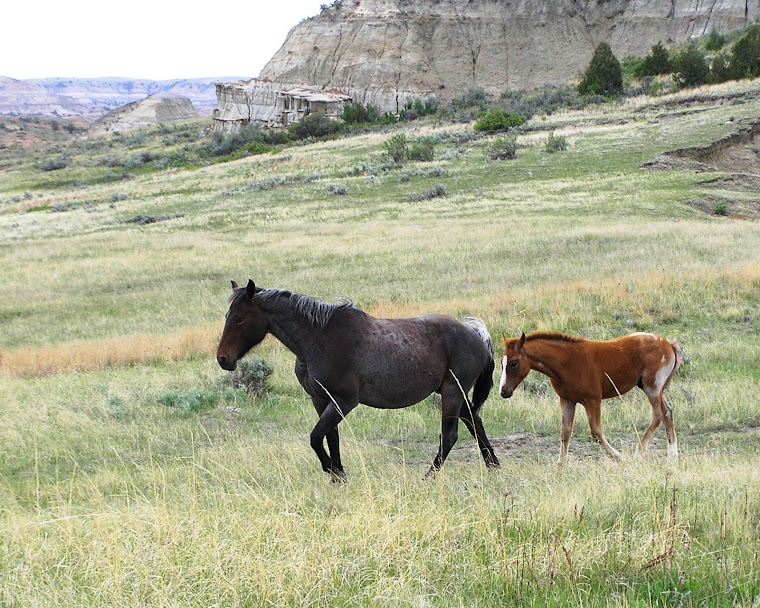
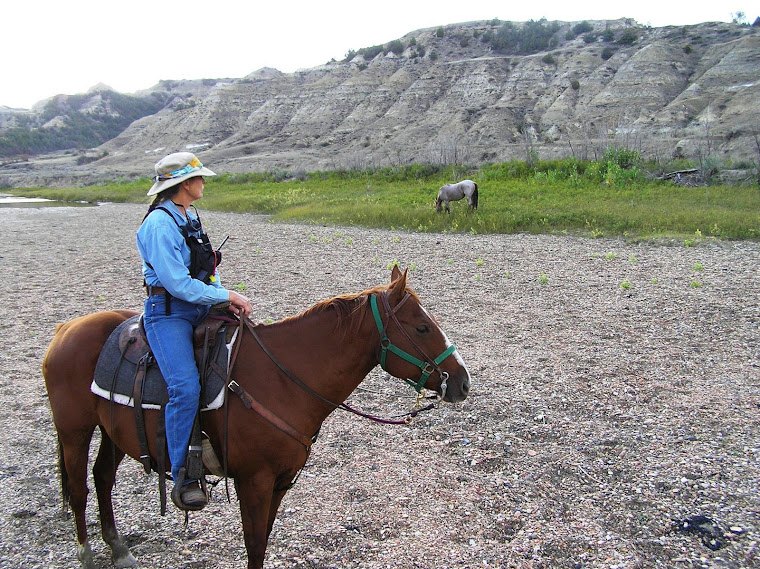
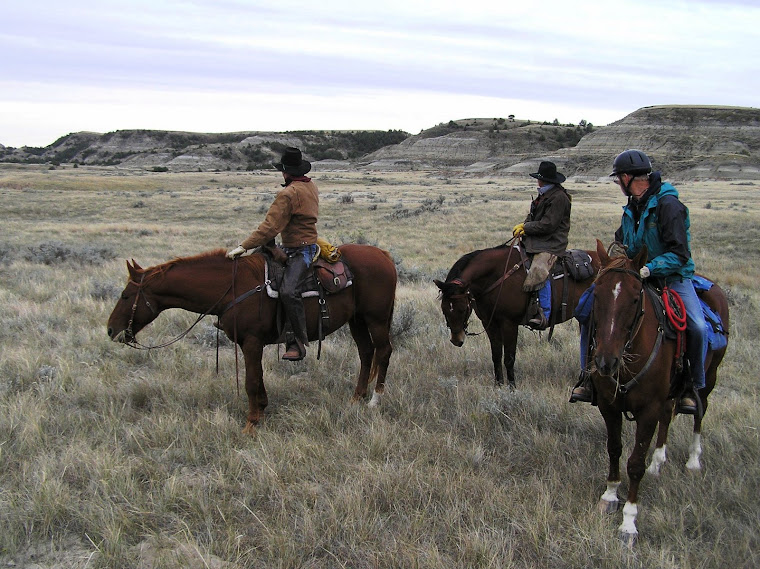
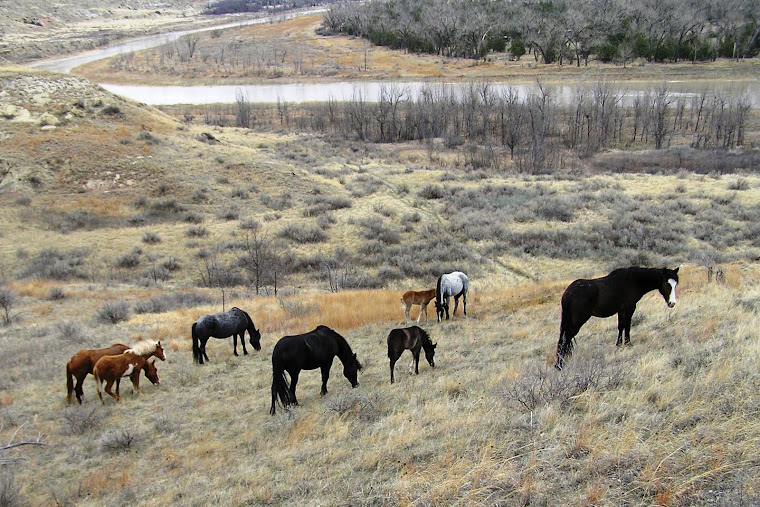
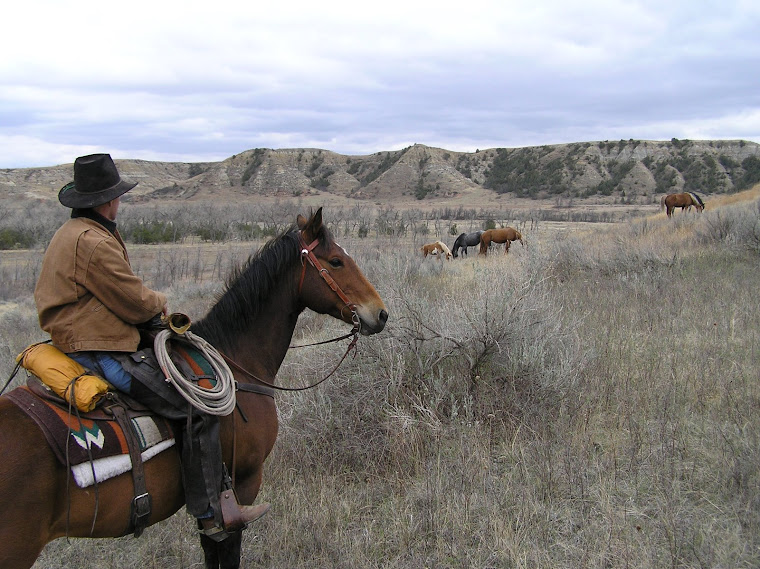

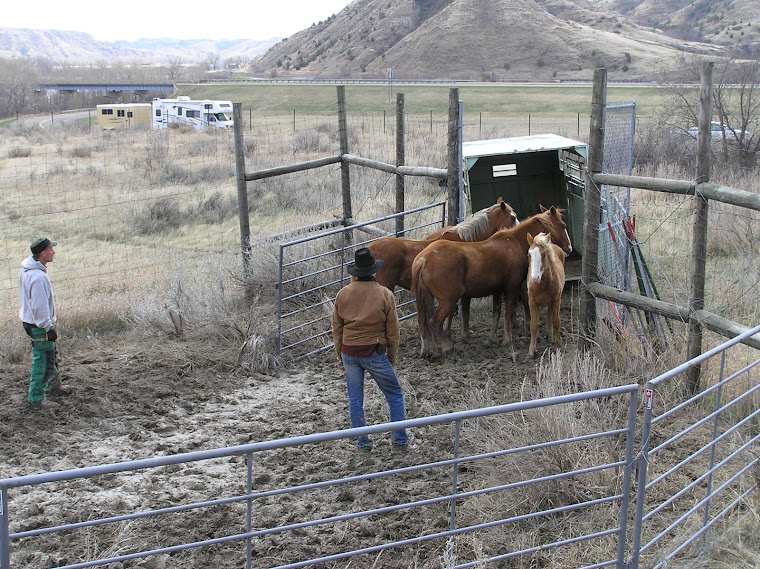
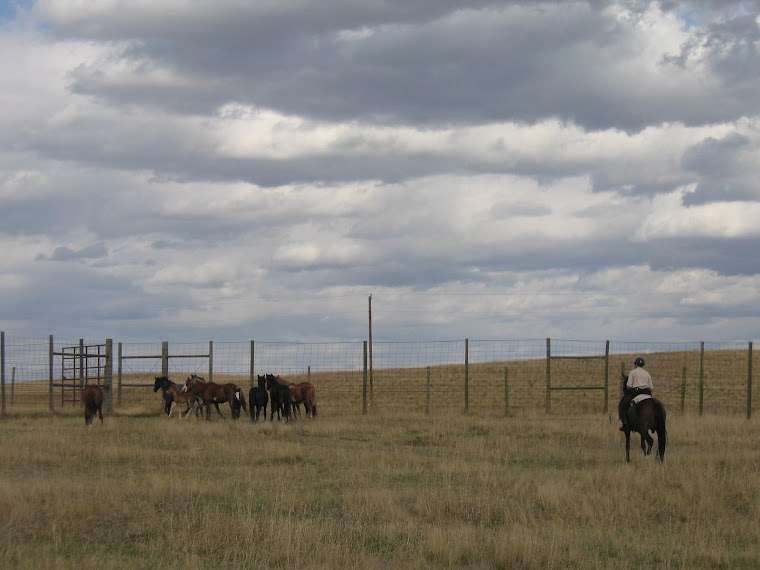
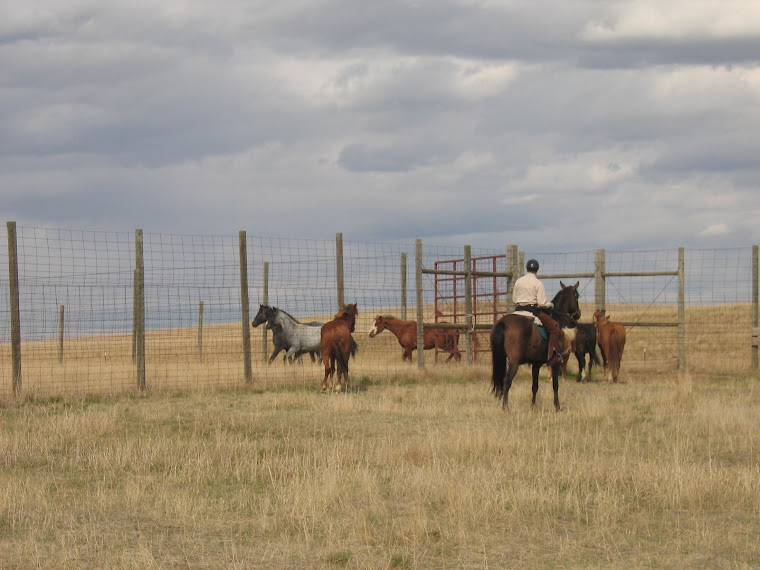
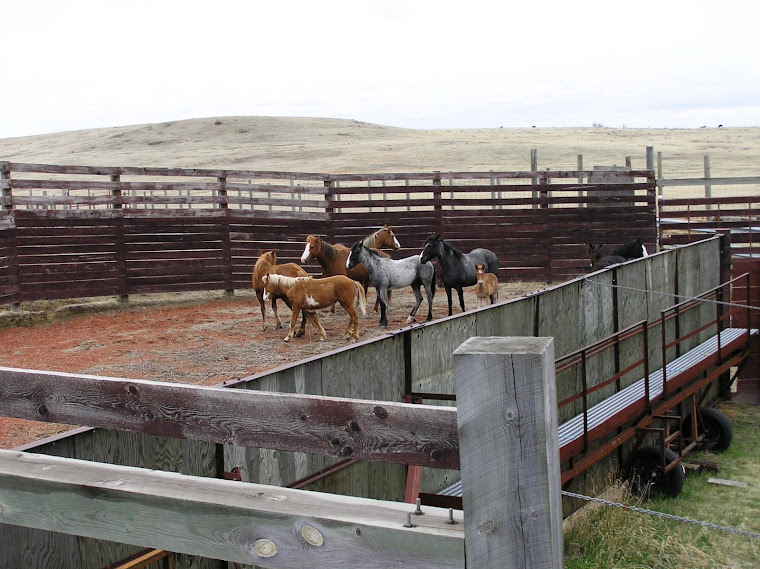


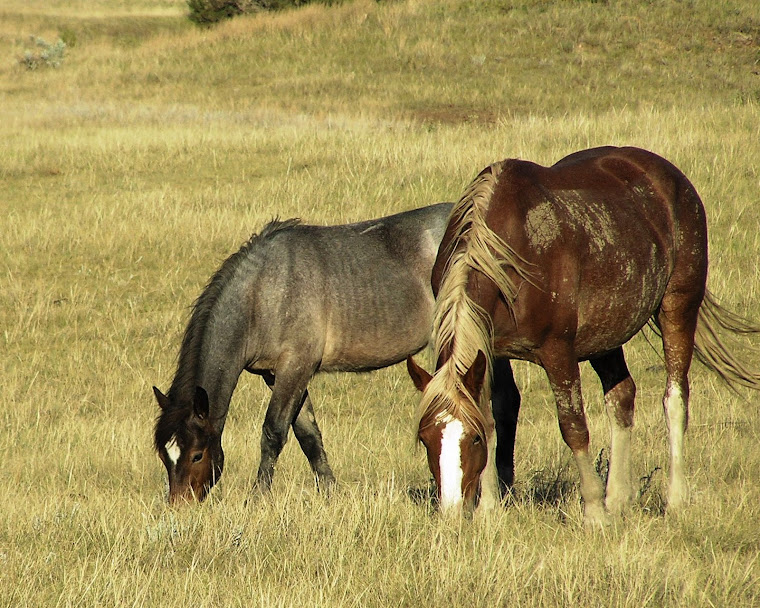

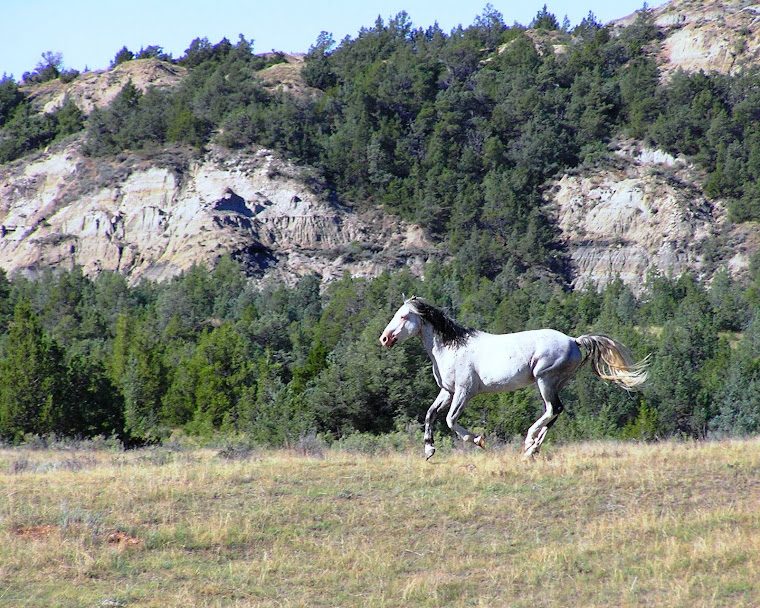
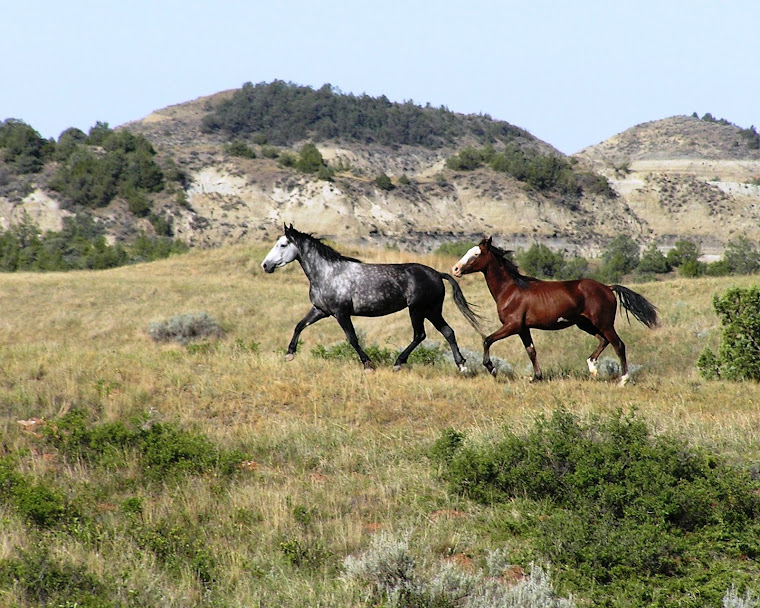
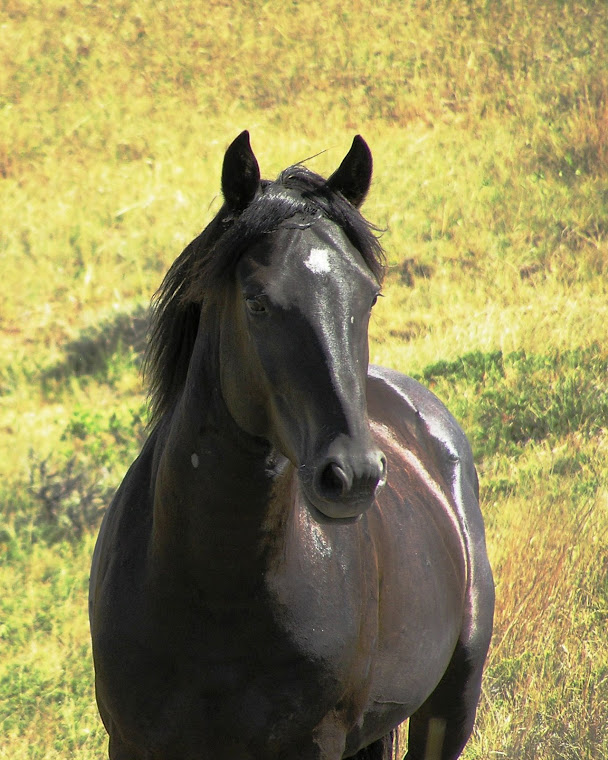

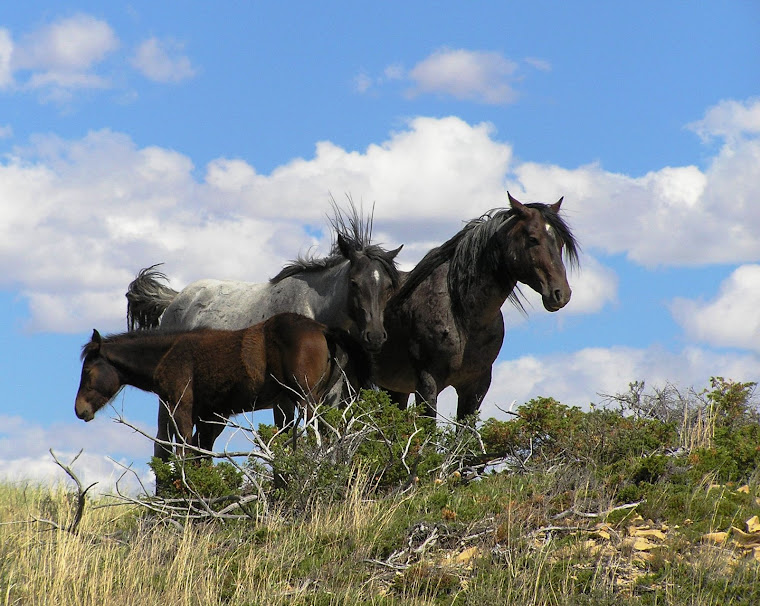



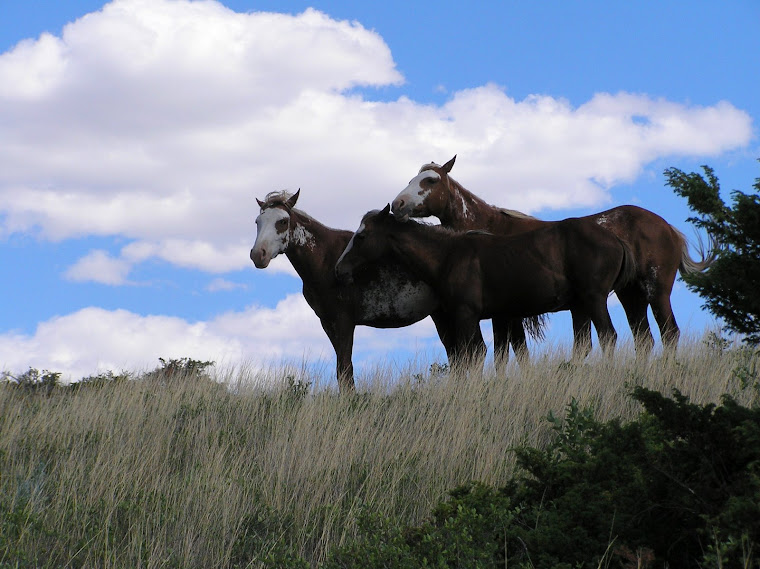


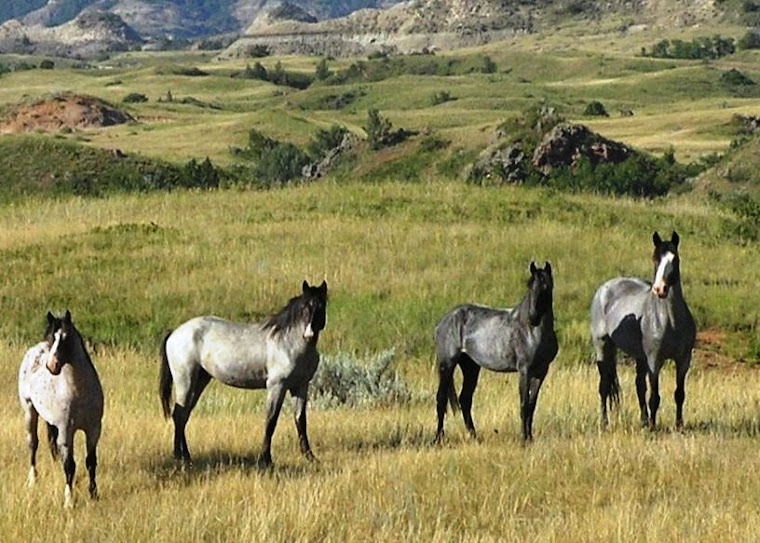

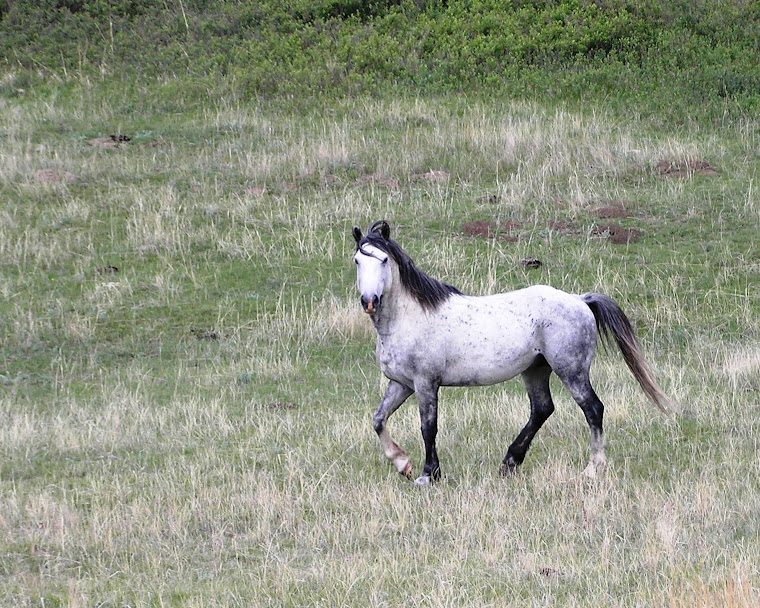

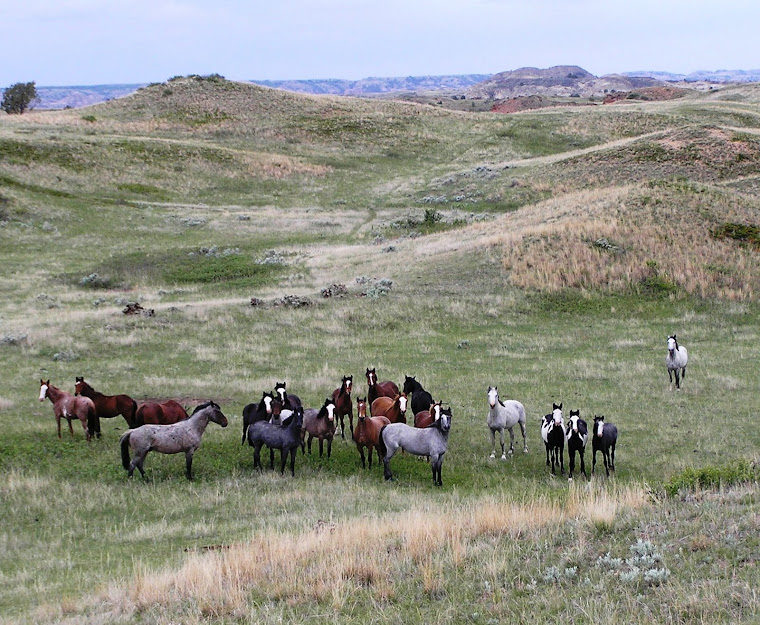
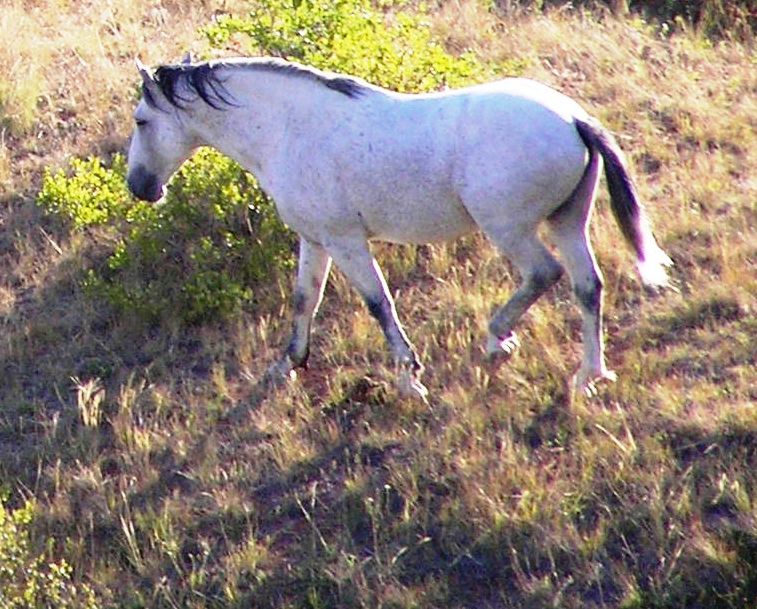

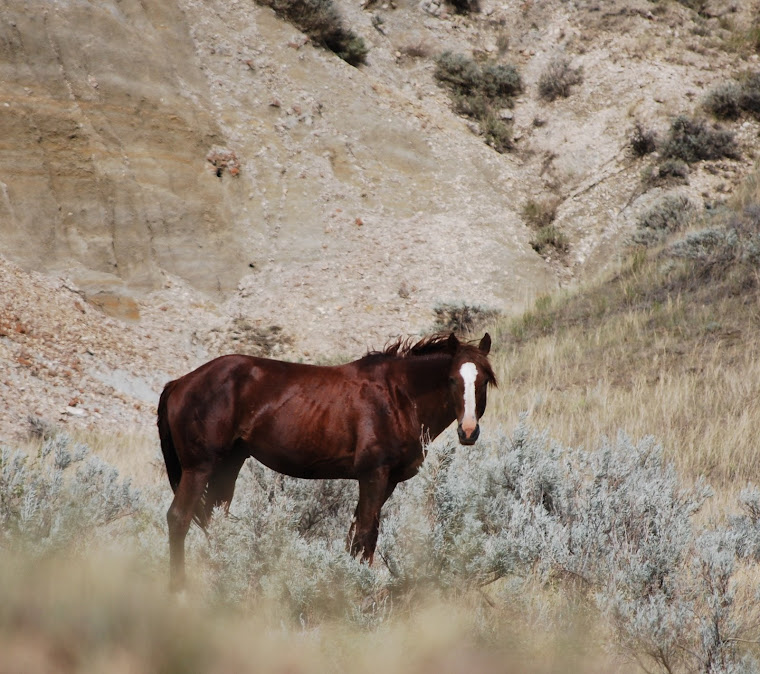

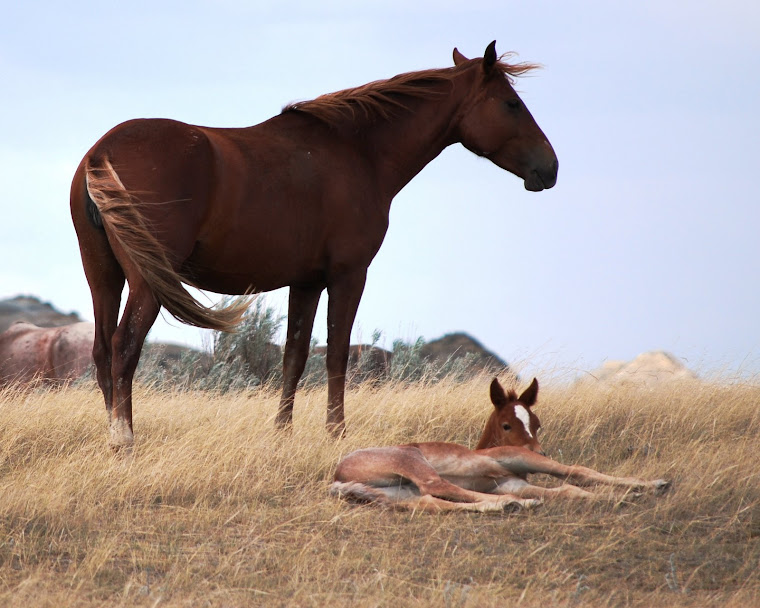
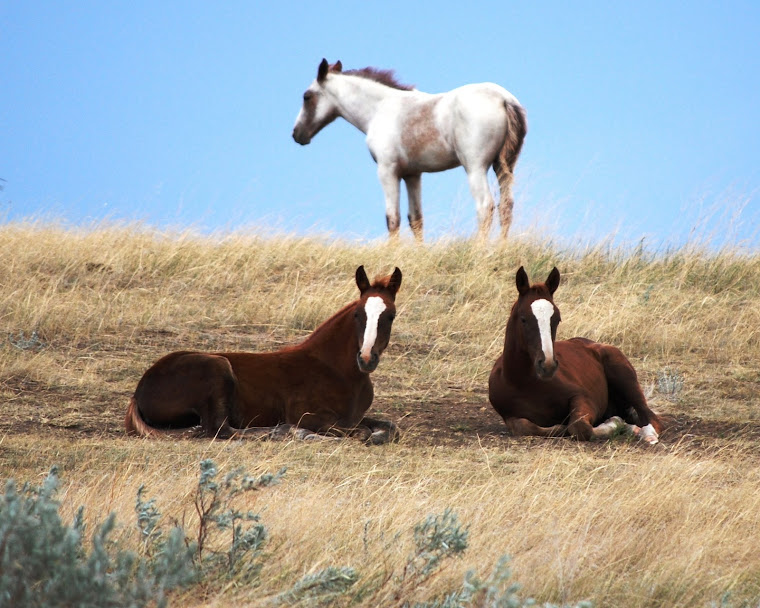
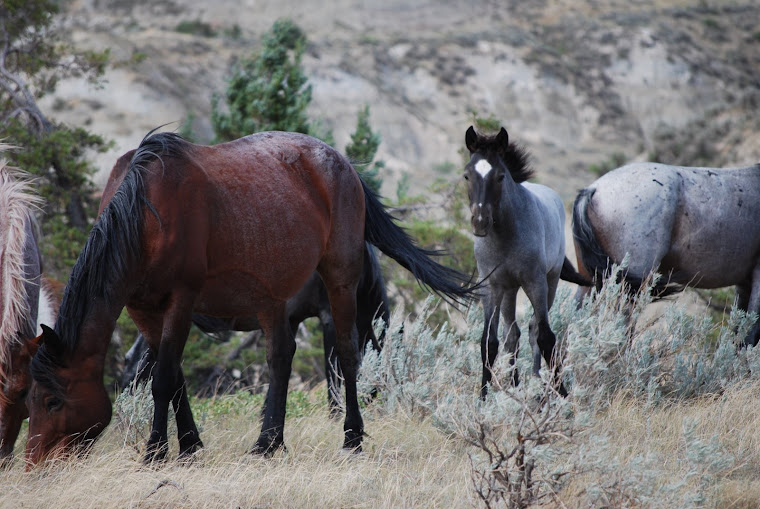

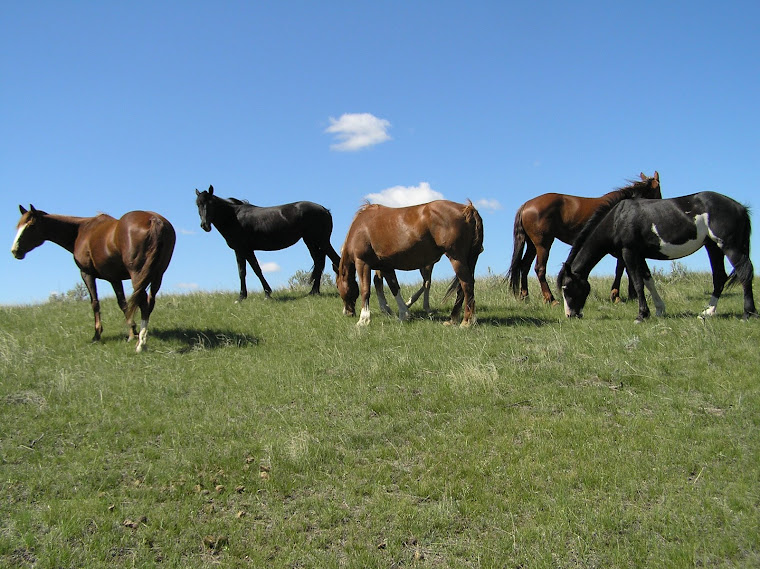
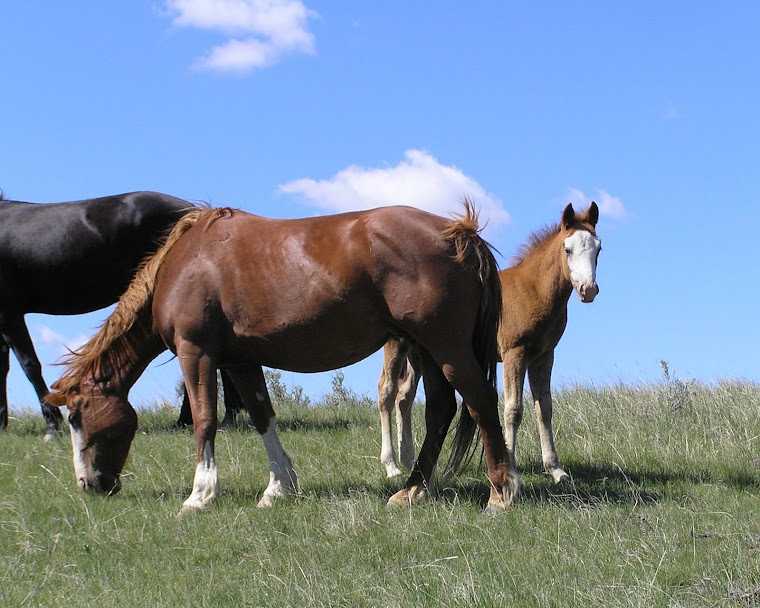

No comments:
Post a Comment